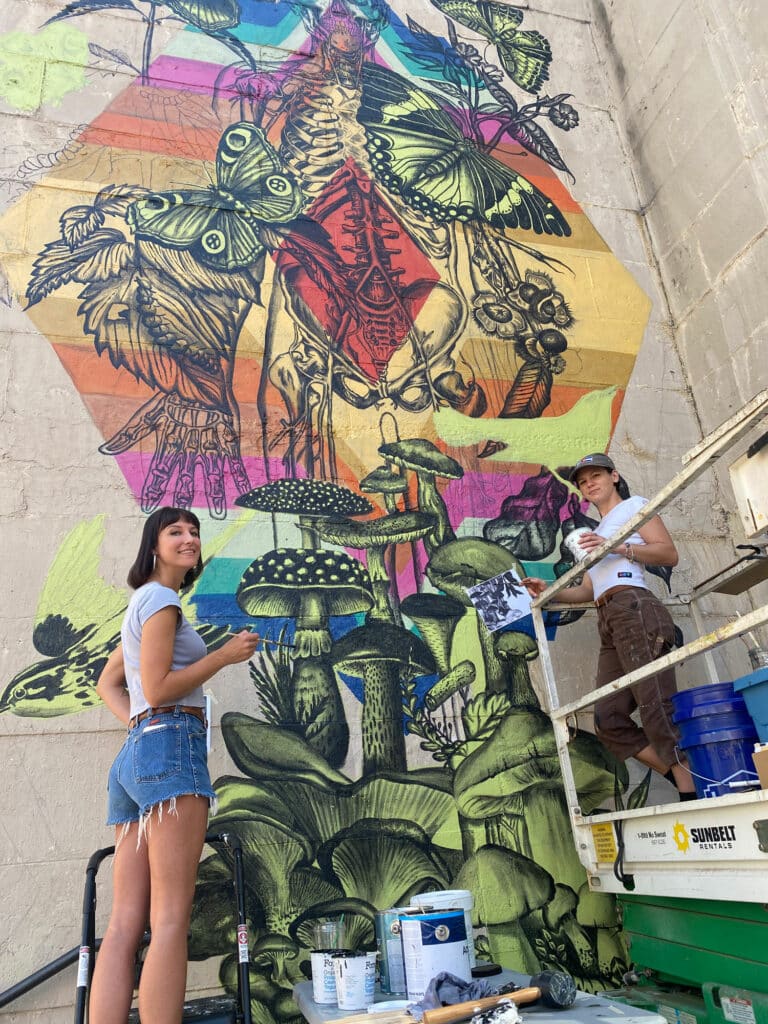Nation’s first barley ethanol refinery opens in Virginia
A barley ethanol refinery on the outskirts of Richmond may soon succeed where corn ethanol has failed: earning widespread praise from environmental groups and farmers alike.
The plant, called Appomattox Bio Energy, will be the country’s first commercial refinery to use barley as a feedstock for ethanol production. Regular operation is scheduled to begin late this summer.
 According to proponents, refining ethanol from a “second-generation” feedstock like winter barley will benefit the environment because growing winter cover crops is an effective and inexpensive way to absorb nutrients from crop fields. Runoff of excess nutrients like nitrogen—the majority of which comes from farms in the watershed—is the single biggest water quality impairment in the Chesapeake Bay.
According to proponents, refining ethanol from a “second-generation” feedstock like winter barley will benefit the environment because growing winter cover crops is an effective and inexpensive way to absorb nutrients from crop fields. Runoff of excess nutrients like nitrogen—the majority of which comes from farms in the watershed—is the single biggest water quality impairment in the Chesapeake Bay.
Limited market opportunities for winter crops, however, sometimes give farmers in the region more incentive to leave winter fields barren than to plant cover crops.
That appears to be changing, however, with the appearance of Appomattox Bio Energy and its 30 million bushel appetite for barley. Last fall, farmers in Virginia planted 105,000 acres of winter barley, more than a 50 percent increase from 2008. The Virginia Farm Bureau Federation attributed the drastic increase to the refinery. The refinery is also expected to generate around $100 million in new economic opportunities for agriculture in the region, and create several hundred new jobs.
“From an economic standpoint, an environmental standpoint, an agricultural standpoint, it’s a win-win-win across the board,” said Heather Scott, marketing director for Appomattox Bio Energy.
A report released last January by the Chesapeake Bay Commission echoes that sentiment, concluding that a biofuels industry in the Bay watershed could bring significant economic, environmental, and energy benefits to the region. That report specifically identified the development of winter cover crops for biofuels feedstock as a top priority.
The report also notes that winter crops like barley are generally grown in a double-cropping rotation with corn, soybeans, or other summer crops—meaning that the barley grown for ethanol production shouldn’t significantly interfere with regional food production. By 2022, a mature second-generation ethanol industry in the watershed—using winter crops and other agriculture- and forest-derived feedstocks—could produce 500 million gallons of ethanol and reduce nutrient runoff in the Chesapeake Bay by millions of pounds per year without affecting food production, the report found.
Kristen Hughes Evans, a staff scientist with the Chesapeake Bay Foundation, expresses cautious optimism for the development of Appomattox Bio Energy, saying that it remains to be seen how beneficial the plant will be for water quality in the Bay. Much depends, she says, on how much fertilizer farmers will apply to fields, although scientific consensus is generally that any kind of winter cropping provides some benefit.
“Depending on how it’s managed, a commodity winter crop is potentially better for the Bay than no winter crop grown at all,” she says.







